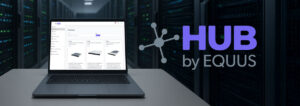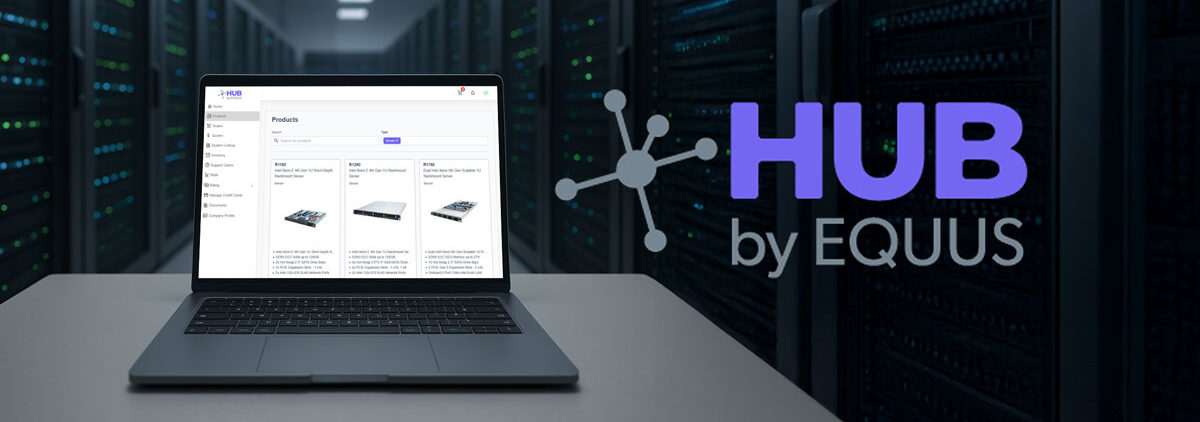Data has become so abundant and accessible that it is now a business’s most precious resource. With it, businesses can make decisions on new and current offerings that in the past would have only been possible after much trial and error.
Just as compelling is the ability to peer into customer behavior to learn what resonates with them regarding your brand, product, service, etc. With these insights, businesses can solve problems faster and more efficiently than ever before. When it comes to modern business, data is the key. But while data is abundant, companies still need the right equipment to extract it properly.
Data Infrastructure Provides the Tools To Uncover Insights
If three people prefer a certain product, it may be a fluke. If 3,000 people prefer a product, it might be a strong indicator. But, if 3,000,000 prefer a product, it’s likely a fact. While these numbers aren’t concrete, they indicate the challenge with data. To get accurate information, you need to analyze a lot of it, and for that, you need the most suitable infrastructure.
Data infrastructure refers to all the hardware, software, and policies an organization uses to manage its data. That spans many areas, from data center architecture to the software tools you use to analyze your company’s data. Let’s briefly consider the three overarching categories that make up data infrastructure.
Hardware. Data infrastructure hardware can be divided into three main components: computing, storage, and networking. And these can be further broken down into types of processor(GPU, CPU, etc.), types of storage (HDD, NVMe, etc.), and you get the point. So how do you decide which hardware is right for you?
Start with your main objective. For example, suppose you’re using your data infrastructure to download user images and create new stylized images leveraging AI. In that case, you’ll need immense processing power, most likely GPU-heavy. On the other hand, if you’re simply housing customer data for your CRM, you can probably reduce your processor needs.

Software. The software doesn’t merely refer to your user-facing applications, such as the ones your team uses in the day-to-day operations of your business. It also refers to the software that ensures your data center is managed properly. This is a big deal as factors like resource utilization can reduce hardware needs and save your business money on both server purchases and running costs.
In the enterprise data center, software plays just as important a role as hardware in its efficiency and performance. You may need virtualization software to run disaggregated hyperconverged infrastructure, direct storage software to improve GPU performance, or security solutions that protect your data and your business.
Policies. When a business uses data to improve its offering and service, it accepts the responsibility of managing that data securely and ethically. Data security policies provide the framework needed to protect sensitive information, while data usage policies help ensure that information is used responsibly and for legitimate purposes.
Policies create a standard for how users manage accounts and access control and data storage in your organization. They also help ensure compliance with various laws and regulations that may affect your industry or organization. Since data security threats change constantly, it’s indispensable to have a plan in place to review and update your company’s policies regularly.
Exploring Different as a Service Options
Since building your own enterprise data center is expensive, many pursue the IaaS model. Data Infrastructure as a Service (DIaaS) is a cloud computing service that provides access to virtualized data infrastructure such as networks, storage, and other components. DIaaS allows for the delivery of IT services through a pay-as-you-go model, making it easier to deploy and scale data resources fast.
But what if you’re past IaaS and in the data infrastructure planning stage? Lab as a service can help you test the performance and compatibility of emerging technologies so you can determine if they’re right for you. It allows you to test products and hardware in real-world environments to collect hard data on viability and business benefits. At Equus, we built our lab as a service offering from the ground up with our customers in mind — allowing them to access state-of-the-art lab services from anywhere.
Infrastructure as a service may be right for you if you’re testing hardware or software solutions, your needs fluctuate regularly, or you can’t yet justify investing in an on-premise data center. Whichever option you choose, it’s a good idea to explore both on-premise and cloud solutions, as the knowledge will help you make long-term plans for your data infrastructure.
Are Your Data Insight Efforts Being Held Back?
Inadequate data infrastructure can prevent you from uncovering data insights fast enough for them to be useful. Or worse yet, it may limit your ability to learn from your data altogether. By aligning your data infrastructure solution with your goals and workload requirements, you can ensure you don’t miss out on important opportunities.
Equus helps companies interested in improving their on-premise data infrastructure choose components that fit their needs without the hassle of hardware management. We help design, deploy, and manage high-performance solutions that are designed to scale with your needs. Let’s talk about how you can improve your data infrastructure.








